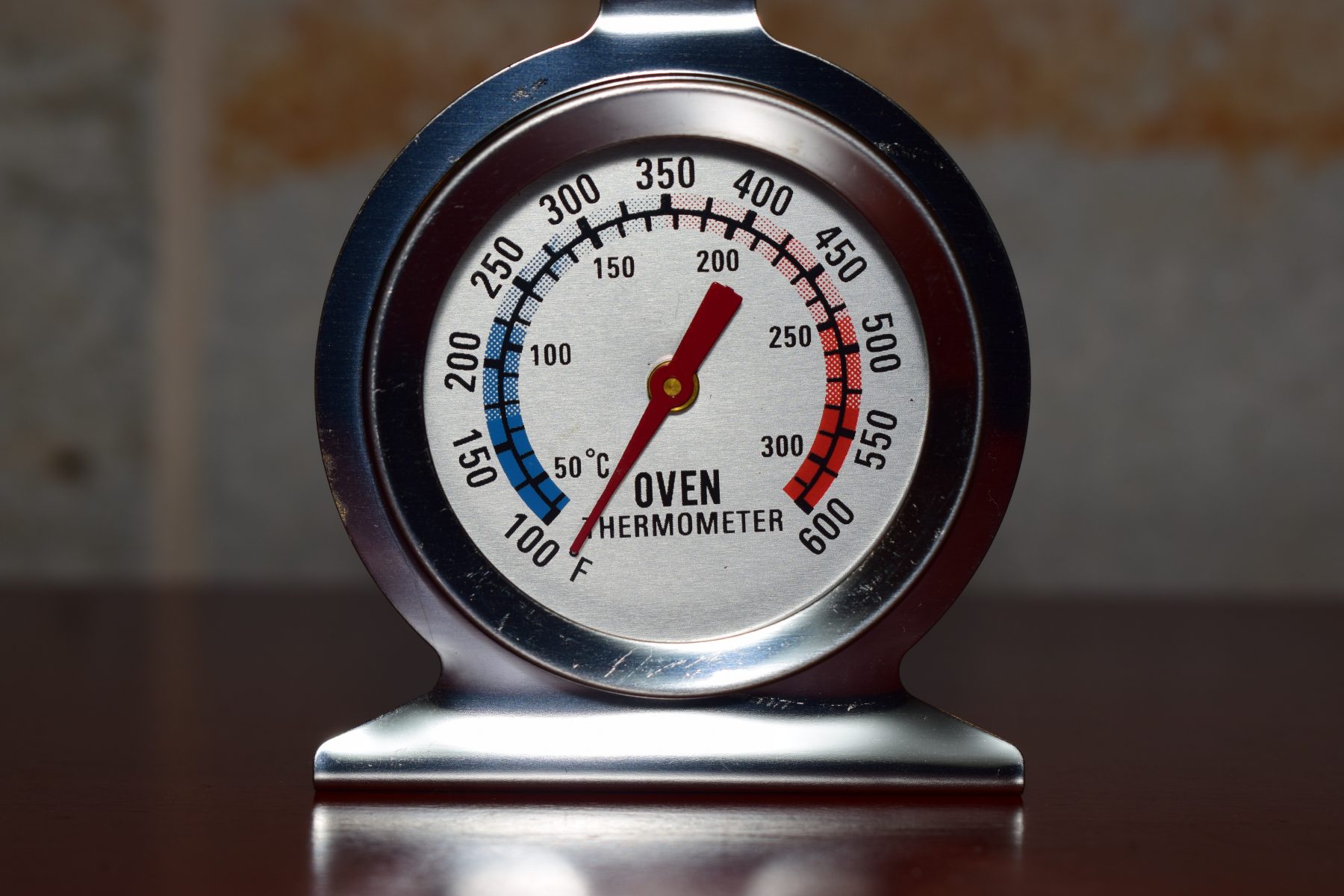Importance of calibrating a thermocouple

Industrial temperature measurement can be done in a range of different ways. Thermometers are often used as a means of measuring temperature, but in situations where precision is essential and even the slightest spike needs to be recorded, advanced measurement devices like thermocouples are used.
These temperature sensors can pick up on very subtle changes, which is why they are often used in applications where perfect accuracy is extremely important. However, like with any measurement device, the efficiency of thermocouples will deteriorate over time when constantly used. Therefore, they will occasionally require recalibration.
What is thermocouple recalibration?
A mineral insulated thermocouple cable contains two dissimilar wires that are welded on one side and free on the other. When the wires encounter a difference in temperature, a voltage is created, leading to a possible difference at the junction. This voltage at the junction is measured and corresponded with the temperature.
Thermocouples are designed to be rugged and robust, so they can easily withstand various temperatures. However, because temperature measurement relies on the voltage, regular thermocouple calibration is required to make sure the device can correctly recognise the voltage. The calibration process involves comparing the measurement accuracy of the thermocouple against a known and standard reference.
How to calibrate a thermocouple
Calibrating an MI thermocouple takes specialised equipment and there are three main ways to do it.
Thermodynamic fixed-point calibration
This method is the most accurate way to calibrate a thermocouple. It entails comparing the thermocouple’s temperature readings against the widely accepted, fixed temperature points of common elements and compounds where they alter their physical state. For example, the freezing point of metal, such as tin is 231.928 degrees Celsius according to the ITS-90 (International Temperature Scale) that was introduced in 1990.
Maintaining the reference junction at 0-degrees Celsius, the thermal EMF (electromotive force) from the thermocouple is measured at the fixed-point transition where the metal materials change from a solid to a liquid. The EMF is then compared with standard measurement charts to check the accuracy of the thermocouple’s measurement.
Stirred bath or furnace method
The option between a stirred bath or furnace is determined based on the temperature requirements. When the temperature reaches the optimal level, the thermocouple that needs calibrating is used alongside a known accurate thermocouple. If the first thermocouple needs calibrating, they will both show different readings. This method is carried out in a lab, but it not as accurate as thermodynamic fixed-point calibration.
Dry block calibrator
This method utilises a dry-block machine, with the thermocouple probes being inserted into the dry block. The metal block is then cooled down or warmed up to a certain temperature and the thermocouple readings are measured. If the thermocouple displays the same temperature set in the dry block, it doesn’t need calibration. However, if the measurements vary, then calibration might be due.
How important is calibrating thermocouples?
Thermocouples are crucial parts of a system that closely measure a physical property. It is expected that these temperature measurement devices perform without compromise because an error or inaccurate reading could potentially lead to a catastrophe. In different industries and applications, thermocouples can be subjected to different temperatures all day every day for months on end.
General guidance is that calibration for every thermocouple should be done annually. However, for thermocouples that see particularly heavy use, calibration should be completed a shorter intervals.
When constantly used, the efficacy of a thermocouple deteriorates over time. So, it is essential that calibration is made to ensure the thermocouple works smoothly and efficiently. Additionally, in some cases, companies or applications might need to have a calibration certificate due to certain regulations.
If you need help with thermocouple calibration or anything else relating to industrial temperature measurement, contact TRM today.